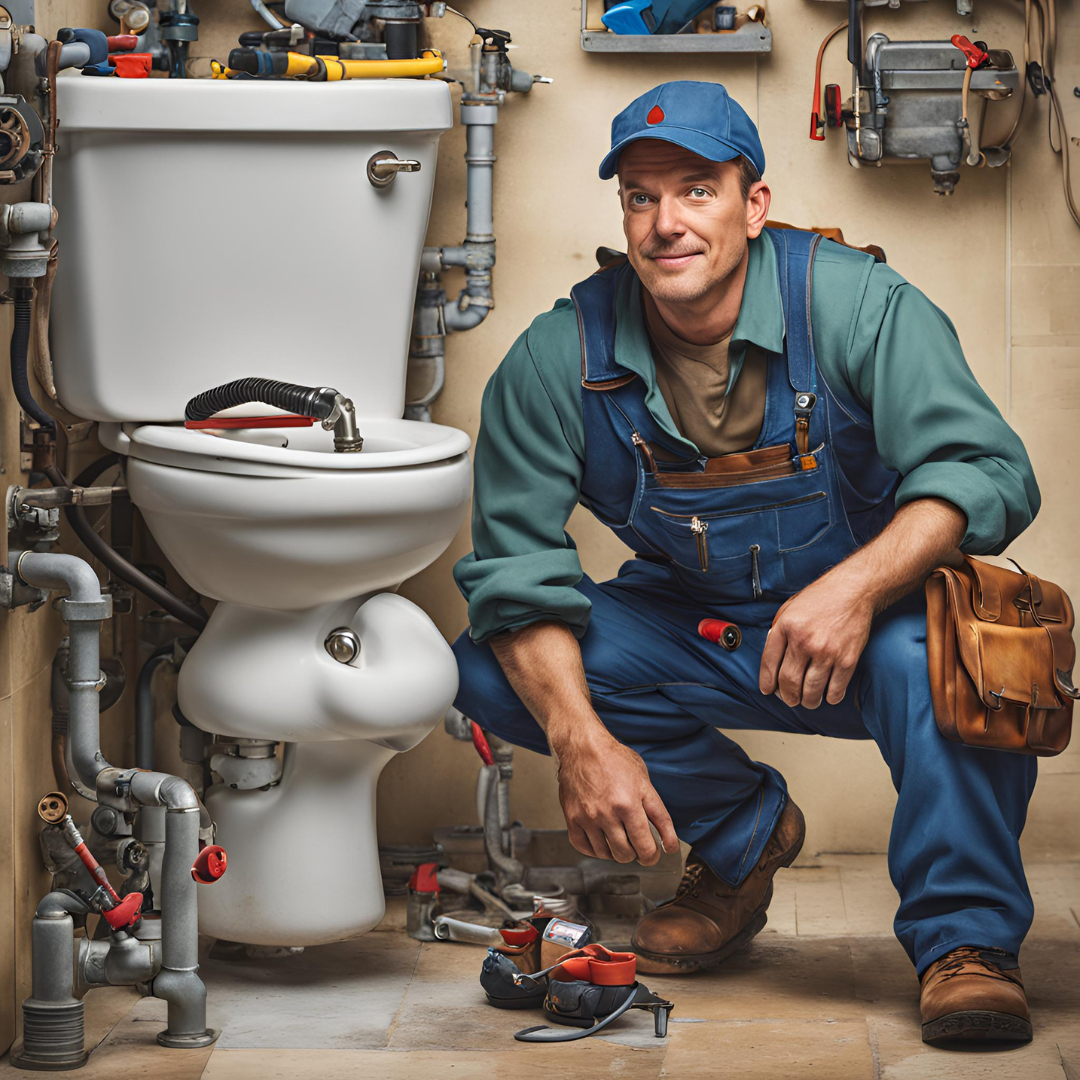The plumbing industry, often seen as a traditional and steady field, is undergoing significant transformations. Emerging technologies, sustainability initiatives, and innovative materials redefine how plumbing systems are designed, installed, and maintained. Here's a look at some of the most exciting new plumbing trends shaping this essential industry's future.
Smart Plumbing Systems
A significant plumbing trend incorporates the incorporation of state-of-the-art technology. Innovative plumbing systems offer homeowners and businesses enhanced control and efficiency. Using smartphone applications, these systems can track water consumption, identify leaks, and adjust water temperature remotely. Key features include Leak Detection: Advanced sensors can identify leaks early, preventing costly damage and conserving water. Water Efficiency: Intelligent fixtures and appliances adjust water flow and temperature to optimize usage. Remote Monitoring: Homeowners can monitor and control their plumbing systems from anywhere, ensuring peace of mind and convenience.
Sustainable and Eco-Friendly Solutions
As environmental consciousness grows, the plumbing industry embraces sustainable practices and products. Eco-conscious plumbing solutions prioritize reducing water usage, harnessing renewable resources, and mitigating environmental effects. Notable innovations include low-flow fixtures, such as faucets, showerheads, and toilets, designed to provide excellent performance while using much less water. Greywater Systems: These systems recycle water from sinks, showers, and laundry to be used for tasks such as irrigation and flushing toilets, effectively reducing water consumption. Solar Water Heaters: By harnessing solar energy for water heating, these systems decrease dependence on traditional energy sources and cut utility costs.
Advanced Pipe Materials and Installation Techniques
Traditional plumbing materials like copper and galvanized steel are being replaced by advanced alternatives that offer better durability, flexibility, and cost-effectiveness. Innovations in pipe materials and installation techniques are improving the longevity and efficiency of plumbing systems. Examples include PEX Piping: Cross-linked polyethylene (PEX) piping is gaining popularity because of its flexibility, ease of installation, and ability to resist scale buildup and chlorine. HDPE Pipes: High-density polyethylene (HDPE) pipes are robust, corrosion-resistant, and well-suited for various uses, mainly underground installations. Trenchless Technology: Methods like pipe bursting and slip lining allow for the repair and replacement of pipes without extensive digging, reducing labour costs and minimizing disruption.
Water Quality and Filtration Systems
Concerns about water quality have led to increased demand for advanced filtration systems that ensure safe, clean water. Modern filtration solutions are becoming more sophisticated and accessible. Examples include whole-house ventilation, which filters all incoming water and provides high-quality water throughout the home. Point-of-Use Filters: Appliances placed at specific points, like kitchen sinks, supply purified water for drinking and cooking purposes. UV Water Purifiers: Using ultraviolet light to kill bacteria and viruses, these purifiers offer an additional layer of protection against contaminants.
Energy-Efficient Water Heaters
Water heaters are a significant component of residential and commercial plumbing systems, and advancements in this area focus on energy efficiency and performance. Examples include Tankless Water Heaters that supply hot water instantly, eliminating the necessity for a storage tank and decreasing energy usage. Heat Pump Water Heaters: These systems operate with exceptional efficiency by harnessing heat from the air or ground, significantly reducing energy costs. Hybrid Water Heaters: Merging the advantages of tankless and traditional storage tank heaters, hybrid models deliver enhanced efficiency and convenience.
Enhanced User Experience with Innovative Fixtures
Modern plumbing fixtures are designed to enhance user experience through improved functionality and aesthetics. Innovations include Touchless Faucets, which are activated by sensors and encourage cleanliness and water preservation. Digital Showers Offer users the ability to tailor temperature and water flow, creating a personalized shower experience. Smart Toilets, which provide luxury and convenience, have amenities such as automatic flushing and bidet capabilities.
Green Plumbing Certification and Standards
The growing emphasis on sustainability has led to establishing green plumbing certifications and standards. Examples include LEED Certification, which Advocates for sustainable building practices, emphasizing water efficiency and indoor water quality. The WaterSense Program Labels products that meet rigorous water efficiency and performance criteria. Green Plumbers Training, which Educates plumbers on sustainable practices and technologies.
Greywater and Rainwater Harvesting Systems
In addition to greywater systems, rainwater harvesting is becoming a popular method for reducing water consumption and promoting sustainability. Examples include Rainwater Harvesting, which Collects and stores rainwater for non-drinking uses like watering plants and flushing toilets, and Integrated Systems, which combine greywater and rainwater harvesting to optimize water reuse and reduce dependence on municipal water supplies.
Modular and Prefabricated Plumbing Systems
The construction industry is shifting towards modular and prefabricated components, and plumbing is no exception. Benefits include Faster Installation: Prefabricated plumbing systems allow quicker installation than conventional methods. Quality Control: Factory-built components ensure consistent quality. Flexibility: Modular systems provide flexibility for various applications.
Integration with Home Automation Systems
As smart homes become more common, plumbing systems are increasingly integrated with broader home automation networks. Benefits include Seamless Control, which enables homeowners to manage plumbing fixtures alongside other smart home devices; Data Analytics, which provides data on water usage patterns for improvement and conservation; and Voice Activation, which enables touchless operation of plumbing fixtures.
Advancements in Health and Hygiene
Recent global events have underscored the importance of health and hygiene, leading to innovations in plumbing that prioritize cleanliness and safety. Innovations include Antimicrobial Fixtures Made with antimicrobial materials to reduce the spread of germs. Touchless Technology enhances hygiene in both residential and commercial settings. Improved sanitation systems enhance waste management and sanitation systems.
Conclusion
The plumbing industry is swiftly transforming, propelled by technological innovations, environmental priorities, and a commitment to enhancing user experience. These new trends are improving the functionality and efficiency of plumbing systems and contributing to sustainability and the overall quality of life. As these advancements progress, the future of plumbing appears bright, promising even more innovative, eco-friendly, and efficient solutions ahead.





Comments